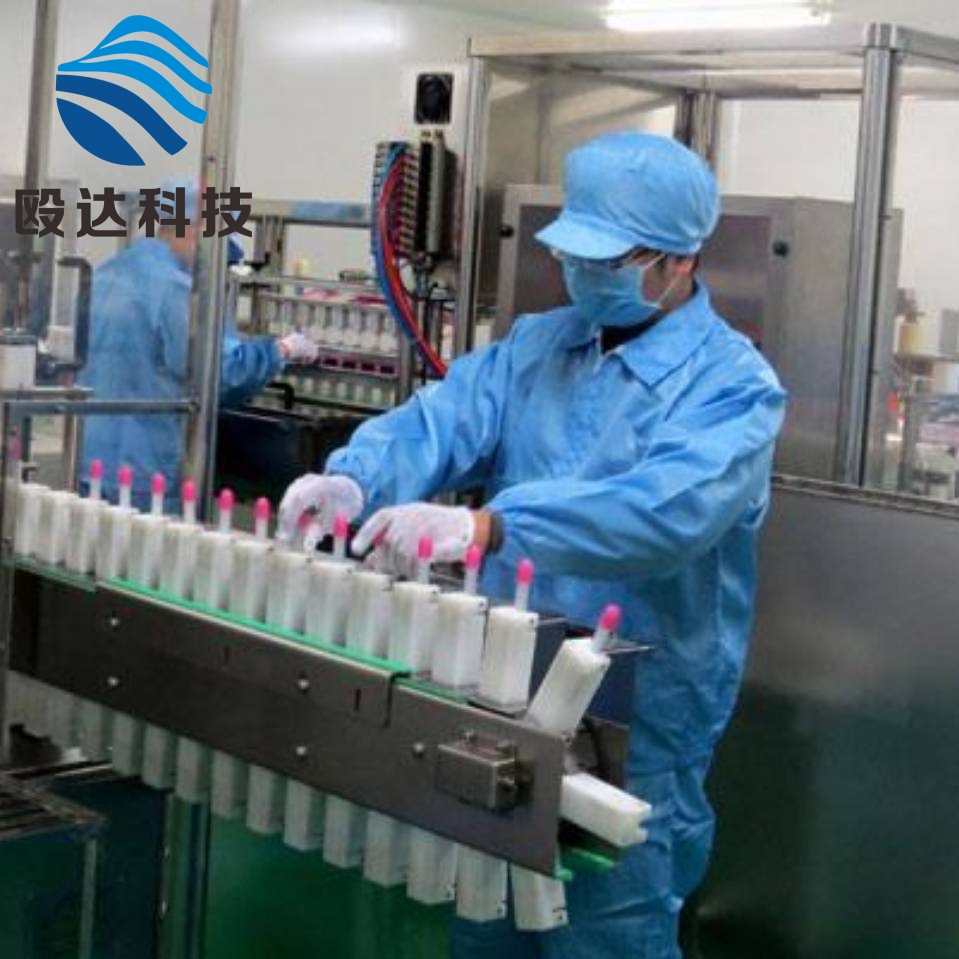-
Categories
-
Pharmaceutical Intermediates
-
Active Pharmaceutical Ingredients
-
Food Additives
- Industrial Coatings
- Agrochemicals
- Dyes and Pigments
- Surfactant
- Flavors and Fragrances
- Chemical Reagents
- Catalyst and Auxiliary
- Natural Products
- Inorganic Chemistry
-
Organic Chemistry
-
Biochemical Engineering
- Analytical Chemistry
- Cosmetic Ingredient
-
Pharmaceutical Intermediates
Promotion
ECHEMI Mall
Wholesale
Weekly Price
Exhibition
News
-
Trade Service
Among the currently authorized COVID-19 vaccines, the vector vaccine based on ChAdOx1 nCoV-19 adenovirus (ChAdOx1) and two mRNA vaccines (BNT162b2 and mRNA-1273) are the most widely used
.
Both types of vaccine have immunity immunogenic in prevention shows significant efficacy COVID-19 disease
COVID-19 immune prevention
In March 2021, due to the occurrence of life-threatening cerebral venous thrombosis and thrombocytopenia (mainly in young women), Germany temporarily stopped the use of ChAdOx1 vaccine
.
This has led to revised recommendations for secondary vaccination for all people who have received the first dose of vaccine: people over 60 years of age are recommended to complete the carrier vaccine, while for people younger than 60 years old, it is recommended to use mRNA vaccine for heterologous boost.
thrombus
At present, there is little comparative analysis of immunogenicity between authorized vaccine programs, and the understanding of immunity and reactogenicity after heterologous vaccination is also limited
.
Existing studies have found that ChAdOx1 vaccine can induce a stronger specific T cell response to the spike protein compared with the initial immunization of the mRNA vaccine , and the antibody response after the initial immunization of the mRNA is more obvious .Use can induce stronger specific T cell responses against the spike protein ChAdOx1 vaccine, while the mRNA primary antibody response after vaccination is more obvious
Immune response to SARS-CoV-2 spike protein after vaccination with homologous and heterologous substrates
Immune response to SARS-CoV-2 spike protein after inoculation with homologous and heterologous substrate enhancement protocol Immune response to SARS-CoV-2 spike protein after vaccination with homologous and heterologous substrateIn this observational study, the researchers found that in healthy adult individuals (n = 96), the heterologous vaccine regimen induced spike protein-specific IgG, neutralizing antibodies, and spike protein-specific CD4 T cells.
Its level is significantly higher than that of the homologous vector vaccine enhanced (n = 55), higher than or equivalent to the homologous mRNA vaccine scheme (n = 62)
The heterologous vaccine protocol induced spike protein-specific IgG, neutralizing antibodies, and spike protein-specific CD4 T cells, the levels of which were significantly higher than those enhanced by the homologous carrier vaccine (n = 55), and higher than homologous mRNA The vaccine regimen (n = 62) or its equivalent heterologous vaccine regimen induced spike protein-specific IgG, neutralizing antibodies, and spike protein-specific CD4 T cells, the levels of which were significantly higher than those enhanced by homologous vector vaccines (N = 55), higher than or equivalent to the homologous mRNA vaccine protocol (n = 62)
In addition, the level of spike protein-specific CD8 T cells after heterologous vaccination was significantly higher than that after the two homologous protocols
.
In all three schemes, the spike protein-specific T cells are mainly multifunctional, and the phenotypes of their cytokine production basically overlap
The level of spike protein-specific CD8 T cells after heterologous vaccination was significantly higher than that of the two homologous protocols.
Allogeneic enhancement is well tolerated Allogeneic enhancement is well tolerated
In summary, the heterologous vector/mRNA vaccine can induce strong humoral and cellular immune responses with acceptable reactogenicity
Original source:
Original source:Tina Schmidt et al.
Tina Schmidt et al.
Leave a message here







